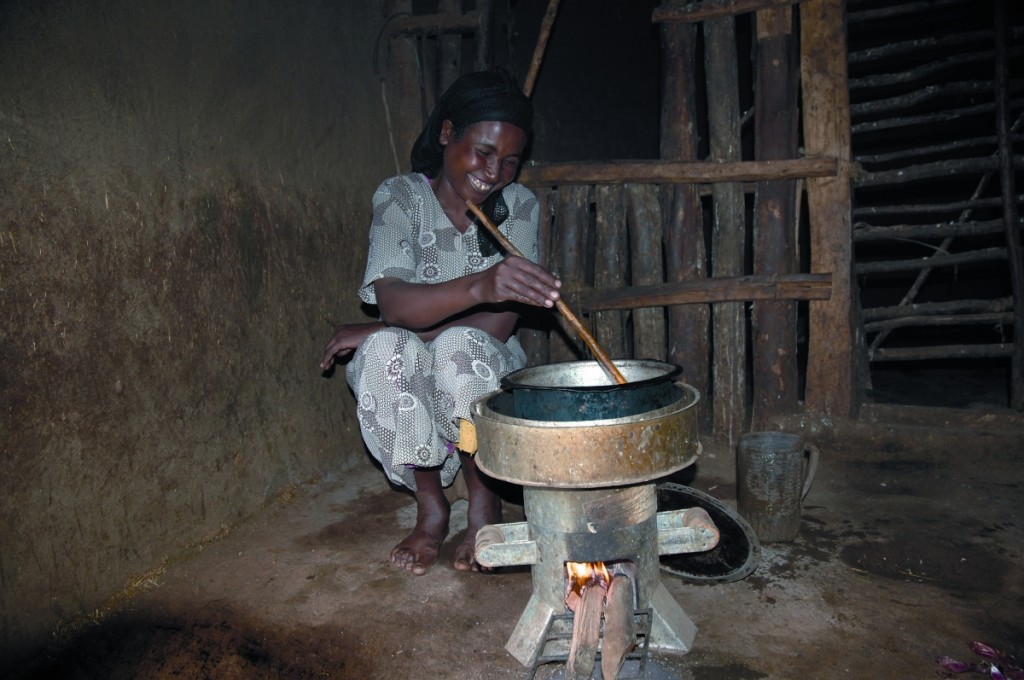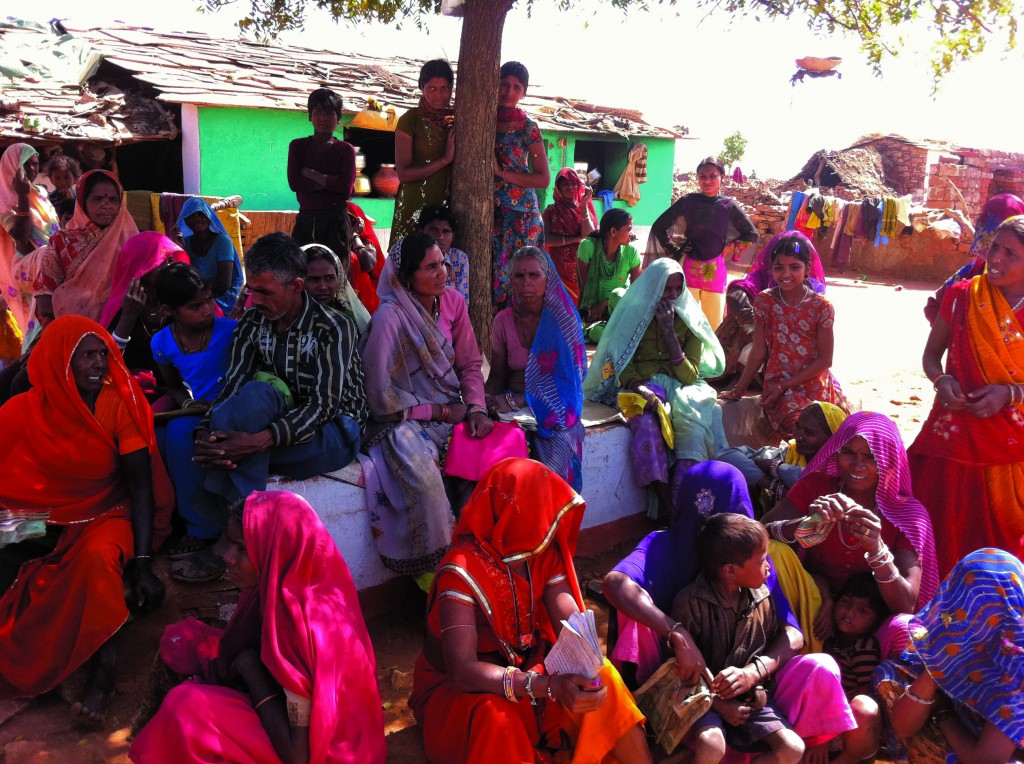A triple win for child health, development and environment
The case for fuel-efficient stoves is strong. In most societies, women are in charge of cooking, spending between three and seven hours per day near the stove, depending on the demands of the local cuisine. According to the World Health Organization, 59 percent of all indoor air pollution related deaths are female. There is also a strong risk to young children who spend a large proportion of their time close to their mother, breathing in smoke from cooking fires during their early developing years.
In addition to the health burden, there are also livelihood and environmental consequences resulting from the use of open fires. The use of improved fuel-efficient stoves can reduce the production of smoke and harmful gasses within households, reduce the use of biomass by up to 60 percent (wood, crop waste, dung etc), reduce cooking cycle times, and create significant household safety and labour benefits. The use of biomass for daily fuel consumption in developing countries accounts for up to 90 percent of all energy use and the majority of this is from non-renewable sources.
“Previously, I had to travel to the forest every two days to gather enough fuel for my family of eight. The fuel-saving stove consumes little… now I visit the forest every four days. The traditional open fire has a lot of smoke. It enters my nose and mouth, causing severe pain in my lungs. It was also irritating my eyes. I had to itch my eyes with my hands. This stove has little or no smoke. [It] also has a flame guard that protects us from burning our hands and clothes. I used to have to make a lot of back and forth visits to check on my food when I was doing something else around the homestead. The improved stove is movable; I can take it anywhere I have other chores, and do both at the same time.”
– Lelo, an Ethiopian woman, reports on her experience with the Tikikil stove.
In short…
- 2.5 billion people worldwide are fully dependent on burning biomass fuels for cooking.
- 1.6 million deaths each year – mostly women and children – can be attributed to diseases resulting from smoke inhalation from open cooking fires.
- Children are especially vulnerable to exposure from pollutants, which can impede the development of their organs and immune systems.
- Exposure to biomass smoke is a significant risk factor for acute lower respiratory infections in children, including pneumonia, which remains one of the most common causes of death in children under five globally.
- In developing countries, 730 million tonnes of biomass are burned each year, amounting to more than 1 billion tonnes of CO2 in the atmosphere.
- More efficient cooking stoves can reduce smoke inhalation with significant health benefits, as well as reducing greenhouse gas emissions, slowing deforestation and providing a host of social benefits.
 World Vision’s approach to fuel-efficient stoves: a case study from the Oromiaya region of Ethiopia
World Vision’s approach to fuel-efficient stoves: a case study from the Oromiaya region of Ethiopia
In Ethiopia, wood is the most important energy source for cooking in households. Consumption is particularly high in rural areas, where alternative sources of fuel are either unavailable or unaffordable for the majority of consumers. Inefficient open fires used to cook household meals waste wood and exacerbate health problems associated with indoor air pollution. World Vision’s pilot stove project has disseminated 2,500 stoves in its initial phase. (read more)
 India: enhanced energy and food security building resilience to climate change
India: enhanced energy and food security building resilience to climate change
In India up to 40 percent of the population has no access to electricity. In particular, rural communities are reliant on inefficient energy sources – wood and cow dung for cooking, diesel and kerosene for lighting, and diesel for day-to-day agricultural applications, including water pumps and irrigation systems. This project aims to reduce the energy burden of approximately 2,000 households across 15 villages. This is being done through transforming communities’ traditional energy use to renewable and energy efficient technology. Using a holistic approach, a range of technologies and techniques will be introduced to meet the energy needs of entire villages as well as methods to regenerate surrounding areas of land that were once forested. (read more)

